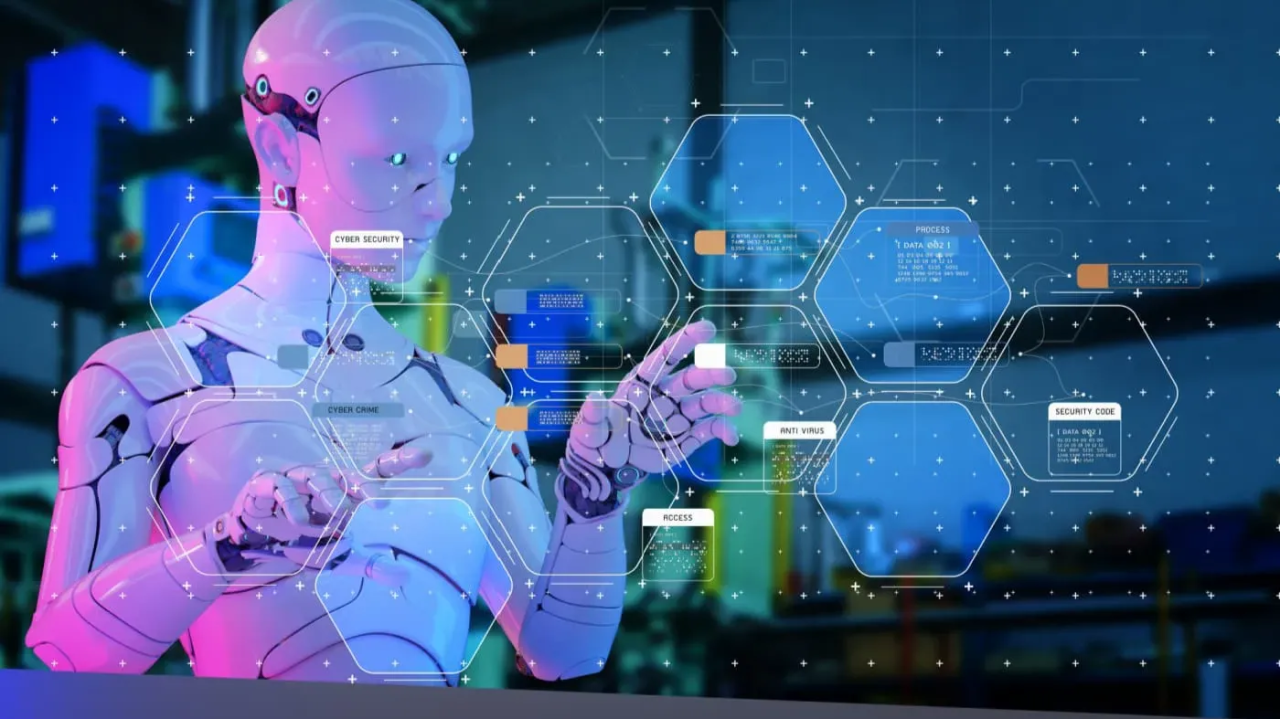In the world of computing, separating memory and processing has led to inefficiencies. As AI and big data applications grow, the demand for faster and more efficient memory solutions has become imperative. Researchers at Stanford have made significant strides with a new phase-change memory (PCM) technology that could potentially bridge the gap between fast processing and long-term data storage, bringing us closer to the concept of “universal memory.”
Breakthrough in Phase-Change Memory
The new material, identified as GST467, utilizes a combination of germanium, antimony, and tellurium. This material has been engineered to switch between high and low resistance states effectively, enabling it to store the binary codes of digital data. Unlike traditional memory forms, GST467 offers faster switching speeds and improved energy efficiency, crucial for AI applications.
This phase-change memory operates at below 1 volt, significantly lower than existing nonvolatile memories like flash, which typically require higher voltages. This lower voltage requirement not only reduces power consumption but also enables faster data processing. Moreover, the superlattice structure of the GST467 material allows for the memory to be densely packed and potentially stacked in multiple layers, promoting higher data storage in smaller physical spaces.
Implications for AI and Big Data
The incorporation of GST467 in memory devices could dramatically reduce the energy and time required to process and retrieve data. This efficiency is vital for tasks that demand rapid data access, such as real-time AI computations and large-scale data analyses used in fields like climate prediction and pharmaceuticals.
Challenges and Future Directions
Despite these advancements, the journey towards a commercially viable universal memory is fraught with challenges. These include ensuring the durability and reliability of memory under varying environmental conditions and integrating this new technology with existing manufacturing processes. However, the Stanford team is optimistic. Their work has laid a strong foundation, and with further development and industry collaboration, GST467-based memory could soon become a staple in computing devices.
The development of GST467 represents a significant step forward in memory technology. By potentially reducing the bottlenecks caused by data transfer between memory and processing units, this technology could revolutionize how computers are designed and function, making them faster and more efficient.









Add Comment